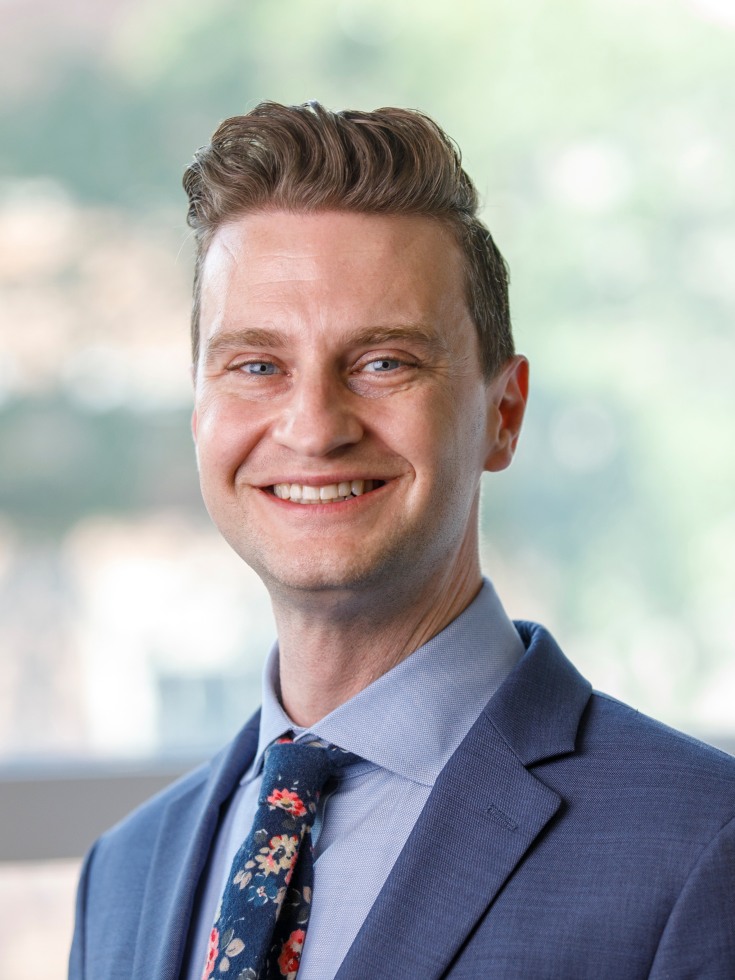PROVIDENCE, R.I. [Brown University] — A team of researchers at Brown University has been laying the groundwork for a comprehensive evaluation of the first state-sanctioned overdose prevention center, to be located in Providence, Rhode Island, since 2023.
Overdose prevention centers, or OPCs, are community-based spaces where the primary purpose is to reverse overdoses and save lives. At these facilities, staff are ready to intervene if people overdose while using their own pre-obtained substances. The facilities also connect people with health and social services, including drug treatment, harm reduction, medical care, mental health resources and social support. Project Weber/RENEW, a nonprofit that provides harm reduction and recovery support services to people in Rhode Island, will operate the OPC in Providence.
Two years ago, researchers at the Brown University School of Public Health launched a project funded by the National Institutes of Health to evaluate how the Providence OPC, which will open soon, addresses the overdose crisis and impacts the local community. The team is working closely with researchers from NYU Langone Health who are evaluating two OPCs that opened in New York City, which have support from the city but no state approvals.
“The goal is to identify how OPCs operate in the United States,” said Brandon D.L. Marshall, a professor of epidemiology and director of the People, Place and Health Collective at the School of Public Health, who leads the research team at Brown. “If they are working, what makes them particularly helpful for people? In what ways do they connect people to addiction treatment and care? How can they best be integrated into a community that's been hard hit by the nation’s overdose crisis? Those are some of the things we’d like to tease out.”
As Project Weber/RENEW and a range of partners hosted a Tuesday, Dec. 10, ribbon-cutting at the new center on Willard Avenue in Providence, Marshall shared details about the evaluation.
As the nation’s first state-sanctioned OPC opens, what specifically will the study measure?
Our primary goal is to determine how engaging with an OPC impacts the health and well-being of people who use drugs. We will assess outcomes including changes in overdose risk, uptake of treatment for substance use disorder, and engagement with other health and social services. Second, at the community level, we are examining whether neighborhoods surrounding the OPC experience a greater change in overdose rates, measures of drug-related public disorder, and economic conditions following the opening of the OPC, compared to neighborhoods without such a center. Third, we will delve into the role that the operational context, including neighborhood location, program models and operating procedures, plays in shaping the effectiveness of the OPC using qualitative and ethnographic approaches. Fourth, we plan to estimate the costs and cost savings associated with starting up and operating OPCs.
Why is it so important to conduct this kind of an evaluation?
There are a lot of misconceptions about what OPCs do and how they impact the neighborhoods in which they’re located. People may worry that these sites could increase crime, public drug use or drug-related litter. In order to assuage these concerns and to determine the effectiveness of these sites, we need to use rigorous scientific methods to evaluate them. Beyond anecdotes and passive observations, peer reviewed data will let us know if these sites are working as intended. Whether one supports or is skeptical of these sites, we can agree that good policymaking requires evidence-based data. This evaluation will provide that.
What have you learned so far, even before the OPC in Providence has opened?
We obtained some pilot funding to conduct interviews with neighbors, business owners and employees in the immediate vicinity of the OPC. We found that 75% of people we spoke with are supportive of the center being in their neighborhood. Some did express uncertainty about the program, or felt like they wanted to learn more or see more of the data, and there were some others who were neutral or didn’t really care. While these results still need to undergo peer review, they represent among the highest levels of public acceptability for OPCs ever observed in the United States.
We have also conducted some qualitative research, led by Adjunct Assistant Professor of Epidemiology Alexandra Collins and now under peer review, asking people who might use the site about their perceptions, concerns and potential barriers. Most people we talked to were aware of the OPC and see its value, but some did express concerns about, for example, law enforcement surveillance and interactions around the OPC, despite its legalization, that would be a barrier to use. That speaks to the need for the center operator to work in collaboration with the Providence Police Department in supporting this legal facility that's operating under a state law, and in developing protection for people who may use it.
